Advertisement
Artificial Intelligence (AI) is no longer just a futuristic idea—it's here and evolving rapidly. With machine learning, natural language processing, and automation advancing at a rapid pace, AI is transforming industries worldwide. While it offers incredible advantages in efficiency, accuracy, and cost savings, it also raises concerns about job security for many workers.
This article explores ten job types that AI might replace by 2025 based on current trends and emerging technologies. Whether you're a student choosing a career or a professional looking to stay ahead, understanding these shifts is vital. The goal isn't to scare, but to prepare.
Data entry is one of the most vulnerable fields when it comes to AI-driven automation. AI systems can extract, process, and input data at unmatched speeds without making human errors. OCR (Optical Character Recognition) and machine learning tools can now handle even complex forms, invoices, and spreadsheets.
Why At Risk: These roles involve highly repetitive, rule-based tasks that require minimal decision-making, making them ideal for automation. They're also prone to human error, which AI systems can almost eliminate. With the ability to process large volumes of information efficiently and accurately, AI provides a faster and more reliable alternative to manual data entry.
What to Do: To stay relevant, learn data tools like Excel or Tableau. Shift to data validation or interpretation roles. Pursue certifications in data analytics.
Telemarketing involves scripted conversations, which AI-powered chatbots and voice assistants can replicate efficiently. Tools like ChatGPT and conversational AI platforms already conduct basic customer outreach.
Why At Risk: Telemarketing jobs are increasingly at risk as natural language AI models can easily manage scripted conversations. These AI systems are capable of making thousands of calls without needing breaks or supervision. Advanced voice bots can learn from past interactions, enabling them to improve over time.
What to Do: Consider roles in digital marketing or content creation. Learn CRM tools like Salesforce. Focus on brand communication and outreach skills.

With the rise of self-checkout systems, mobile payment apps, and automated kiosks, many cashier jobs in retail are slowly becoming obsolete. Amazon Go stores show what a cashier-less future may look like.
Why At Risk: Self-checkout and mobile scanning tech reduce the need for cashiers. Contactless payment preferences have accelerated this shift. AI helps cut labor costs.
What to Do: Upskill in sales floor roles or customer assistance. Learn inventory or retail analytics tools. Explore visual merchandising and loyalty program job opportunities.
AI is already flipping burgers and assembling pizzas. Fast food chains are adopting robots like Flippy to improve speed and hygiene. Order-taking is also going digital with AI voice recognition.
Why At Risk: Robotics ensures consistency in cooking. Voice ordering reduces human tasks. Automation supports fast service and minimizes contact.
What to Do: Train in culinary arts or specialty chef skills. Learn restaurant tech systems. Aim for roles in food quality control or marketing.
AI chatbots now handle inquiries, complaints, and FAQs faster than human agents. They can manage multiple customers simultaneously, analyze sentiment, and provide solutions in real-time.
Why At Risk: AI efficiently manages scripted queries. NLP enables real-time, personalized support. AI reduces customer wait time.
What to Do: Target roles requiring emotional intelligence or escalation handling. Learn tools like Zendesk. Train in technical support or issue resolution.
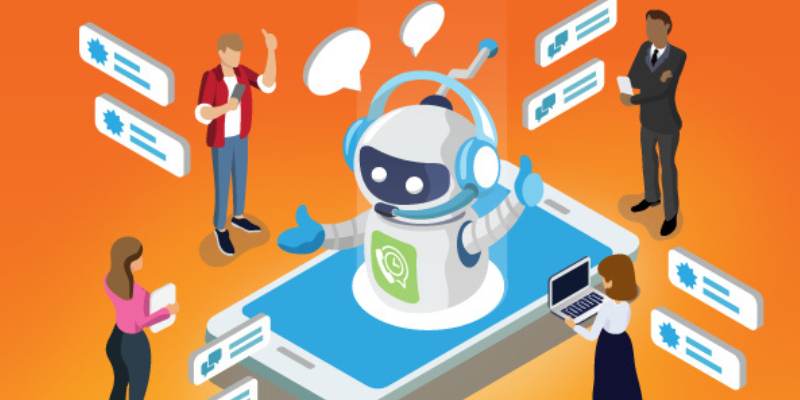
AI tools like Grammarly and Hemingway can now detect grammatical errors, suggest more effective phrasing, and even assess tone. For basic editing tasks, AI is fast becoming the go-to solution.
Why At Risk: AI quickly identifies grammar and clarity issues. It offers cheaper, faster editing. Tone and intent can be analyzed algorithmically.
What to Do: Specialize in medical or legal writing. Move into content strategy or creative direction. Learn storytelling and scriptwriting.
Autonomous robots powered by AI are already navigating warehouses, picking items, and packaging them for shipment. Giants like Amazon utilize robotics to enhance efficiency and reduce labor costs.
Why At Risk: Picking, packing, and sorting are automatable. Robots reduce injury risks—real-time analytics boost warehouse planning.
What to Do: Learn warehouse systems, such as SAP or Oracle WMS. Train in robotics support. Look into logistics or supply chain careers.
AI-driven virtual assistants can now handle front desk duties—scheduling appointments, answering FAQs, and managing visitor check-ins. In some companies, virtual avatars greet you.
Why At Risk: AI can manage calls, schedules, and visitor check-ins. Virtual assistants offer 24/7 service, cutting costs.
What to Do: Move to decision-based admin roles. Learn project coordination and office software. Strengthen communication abilities.
AI tools now collect and analyze data faster than any human could. They spot trends, forecast consumer behavior, and even write basic analytical reports.
Why At Risk: AI efficiently runs predictive models and performs sentiment analysis. It reduces manual interpretation needs.
What to Do: Focus on human behavior research. Learn data storytelling. Utilize tools such as Google Analytics or SPSS.
AI legal tech platforms, such as Do Not Pay and ROSS, can draft documents, review contracts, and analyze legal data to provide efficient and accurate support. They help law firms reduce costs and expedite case preparation.
Why At Risk: AI can draft documents and analyze legal text quickly. Platforms flag inconsistencies and extract data efficiently.
What to Do: Study ethics, negotiation, or client relations. Learn legal tech tools. Enter specialized legal niches with limited automation.
AI isn't about replacing humans—it's about transforming the way we work. The job landscape is shifting, and those who adapt will thrive in this new era. While these 10 jobs are at risk, new roles in AI management, ethics, programming, and human-centered design are on the rise. Embrace learning and remain flexible. Take advantage of online courses, certifications, and industry trends to future-proof your career.
The future of work isn't something to fear—it's something to shape through personal growth, proactive planning, and lifelong learning in this ever-evolving digital economy. Ready to evolve with AI? Start your reskilling journey today. Your future depends on it.
Advertisement
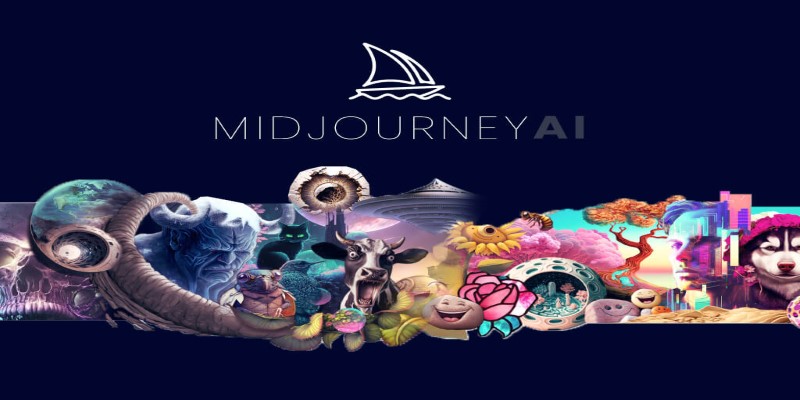
A step-by-step guide on how to use Midjourney AI for generating high-quality images through prompts on Discord. Covers setup, subscription, commands, and tips for better results
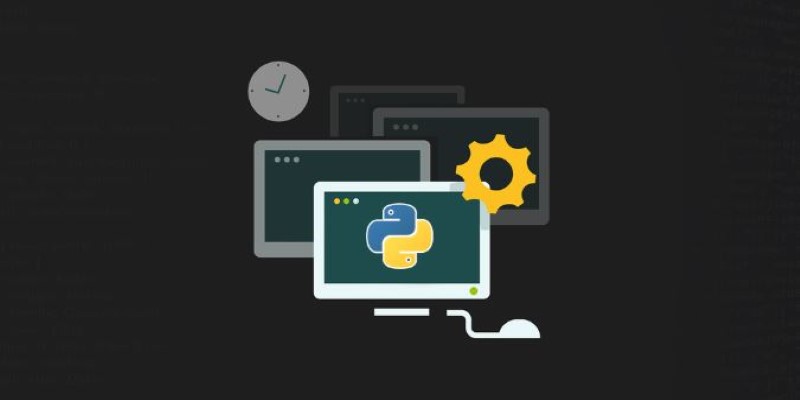
How to use os.mkdir() in Python to create folders reliably. Understand its limitations, error handling, and how it differs from other directory creation methods

Curious about data science vs software engineer: which is a better career? Explore job roles, skills, salaries, and work culture to help choose the right path in 2025
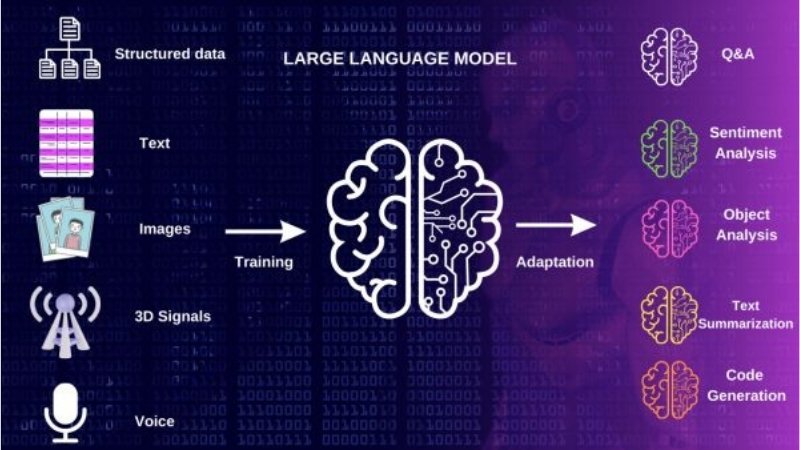
Multilingual LLM built with synthetic data to enhance AI language understanding and global communication
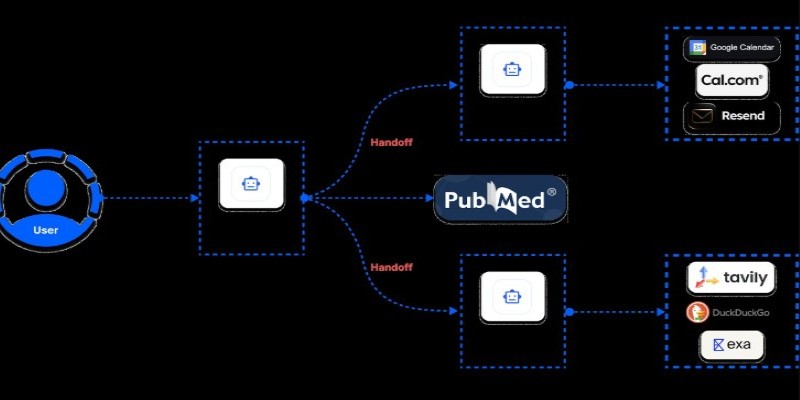
Learn how to build an MCP server using only five lines of Python code. This guide walks you through a minimal setup using Python socket programming, ideal for lightweight communication tasks

Windows 12 introduces a new era of computing with AI built directly into the system. From smarter interfaces to on-device intelligence, see how Windows 12 is shaping the future of tech

How 7 popular apps are integrating GPT-4 to deliver smarter features. Learn how GPT-4 integration works and what it means for the future of app technology
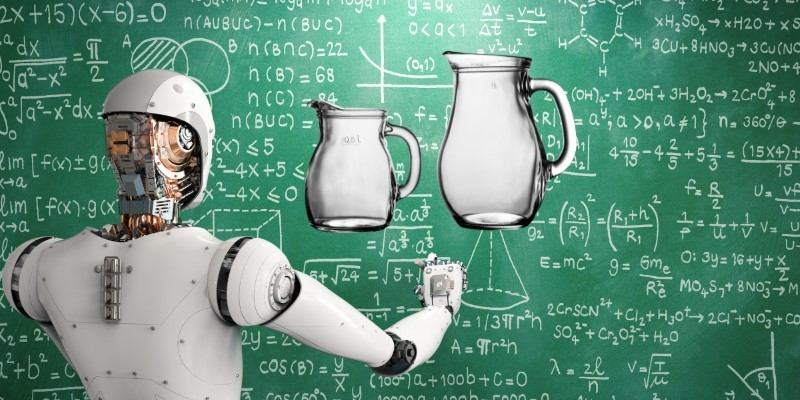
The Water Jug Problem is a classic test of logic and planning in AI. Learn how machines solve it, why it matters, and what it teaches about decision-making and search algorithms

Curious about GPT-5? Here’s what to know about the expected launch date, key improvements, and what the next GPT model might bring

AI agents aren't just following commands—they're making decisions, learning from outcomes, and changing how work gets done across industries. Here's what that means for the future

How AI in mobiles is transforming smartphone features, from performance and personalization to privacy and future innovations, all in one detailed guide

Which data science startups are changing how industries use AI? These ten U.S.-based teams are solving hard problems with smart tools—and building real momentum